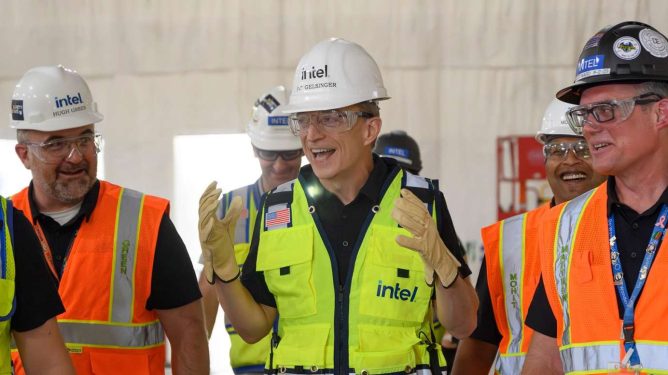U.S. Airports Roll Out Facial-Recognition Technology: A Double-Edged Sword?
The United States is at the forefront of implementing facial-recognition technology in its airports, with over 230 airports already utilizing this system to scan travelers’ faces before boarding their flights. While the government claims that facial recognition reduces paper tickets and can be more efficient for travelers, it remains a contentious issue due to technical problems, reliability issues, and concerns about privacy and civil liberties.
The Rise of Facial-Recognition Technology in U.S. Airports
Facial-recognition technology has been gradually rolling out across U.S. airports since 2018, with Delta being the first airline to begin scanning departing passengers’ faces. JetBlue and other airlines soon followed suit. The system uses advanced algorithms to match travelers’ facial features against watchlists, such as those who overstay their visas.
Government Databases and Data Storage
The data collected from these face scans is passed on to government databases, which can be accessed by border agents when passengers arrive or depart the United States. Depending on a traveler’s citizenship status, the data may be stored for anywhere between a few hours to several decades. This raises concerns about the potential misuse of this information and the lack of transparency surrounding its storage.
Opting Out: A Right for U.S. Citizens
While facial recognition is voluntary in the United States, U.S. citizens have the right to opt out. According to the U.S. Customs and Border Protection (CBP) website, U.S. citizens can request alternative processing, which involves a manual review of their travel documents by a border agent.
Signage and Notification
However, signs indicating that passengers can opt out may not always be visible or prominent in airports. This lack of clarity has led some to question whether the system is truly voluntary. The Electronic Frontier Foundation (EFF) notes that being vigilant is key to opting out of face recognition.
Exceptions and Limitations
Not all travelers are entitled to opt out, however. U.S. citizens and permanent residents can only do so on departing international flights. Anyone, regardless of their citizenship status, can opt out of facial recognition for domestic U.S. flights. Certain exceptions apply, such as Canadian citizens who don’t require a visa to enter the United States or overseas diplomatic visa holders.
Technical Problems and Reliability Issues
The initial rollout of airport facial recognition was plagued by technical problems and reliability issues. Independent testing has also raised concerns about the efficacy of facial-recognition algorithms that perform less well on non-white faces.
Privacy Concerns and Government Involvement
While the airlines collect face scans to verify travelers, these photos are passed on to the government to check against watchlists. This raises questions about who is collecting and storing this data and for how long. The government’s involvement in facial recognition has sparked concerns about civil liberties and the potential for abuse.
Conclusion
Facial-recognition technology in U.S. airports has both benefits and drawbacks. While it may reduce paper tickets and streamline the travel process, technical problems and reliability issues have plagued its implementation. Moreover, concerns about privacy and civil liberties cannot be ignored. For those who wish to opt out, vigilance is key.
What You Need to Know
- Over 230 U.S. airports have implemented facial-recognition technology.
- The system uses advanced algorithms to match travelers’ facial features against watchlists.
- Data collected from face scans may be stored for up to several decades.
- U.S. citizens can opt out on departing international flights, but exceptions apply.
Sources
- U.S. Customs and Border Protection (CBP) website
- Electronic Frontier Foundation (EFF)
- Independent testing and reports
This article aims to provide a balanced view of the implementation of facial-recognition technology in U.S. airports, highlighting both its benefits and drawbacks. While it may be an efficient way to streamline travel processes, concerns about technical problems, reliability issues, and civil liberties must be addressed.
By understanding these complexities, travelers can make informed decisions about their use of facial recognition when traveling through U.S. airports.






